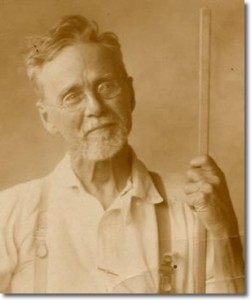What is Osteopathy?
Osteopathy is a healing art based on the teachings and philosophy of Andrew Taylor Still (1825 -1917).
Best known for the effective treatment of musculo-skeletal problems, osteopathy involves the diagnosis and treatment of structural and mechanical dysfunctions of the body.
A key principle of osteopathic practice is the appreciation of the body’s innate ability to regulate its’ function, heal, recover and repair. Osteopaths understand that physical imbalances and strains can impair the ability of the body to maintain itself in a state of health. It is a holistic philosophy and takes account of the patient’s presenting injury or dysfunction in light of how their whole body is coping with the demands being made of it.
Osteopaths appreciate that the body works as a single, indivisible, functional unit. Treatment is therefore not simply aimed at treating conditions. Instead osteopaths treat the person using holistic and patient-centred approaches. Treatment is therefore tailored to the individuals’ own particular needs.
A variety of manual therapy techniques are employed by osteopaths to improve patients’ function and health. These include articulation or mobilisation of the joints and associated connective tissues (muscles, tendons ligaments and fascia), massage, joint manipulation and the very gentle cranial osteopathic techniques. Osteopaths also give guidance on specific therapeutic exercise as well advice regarding general exercise, ergonomics and lifestyle to support the healing process. The aim of treatment is not simply to relieve symptoms but to help to achieve recovery and overall good health and wellbeing.
